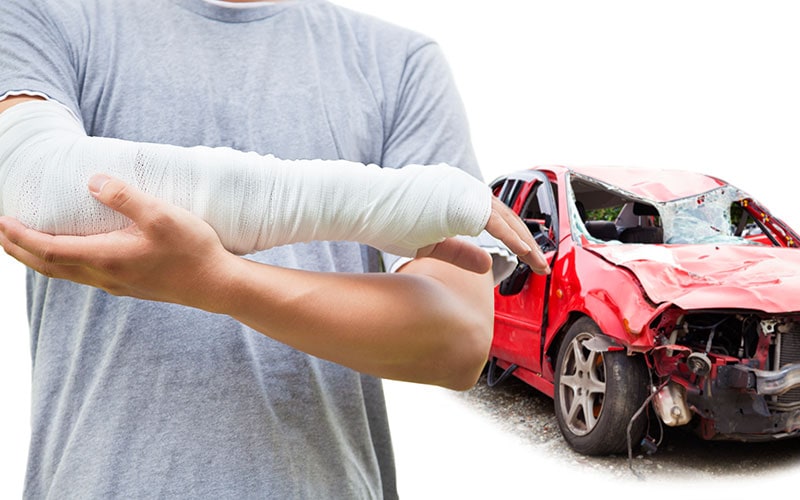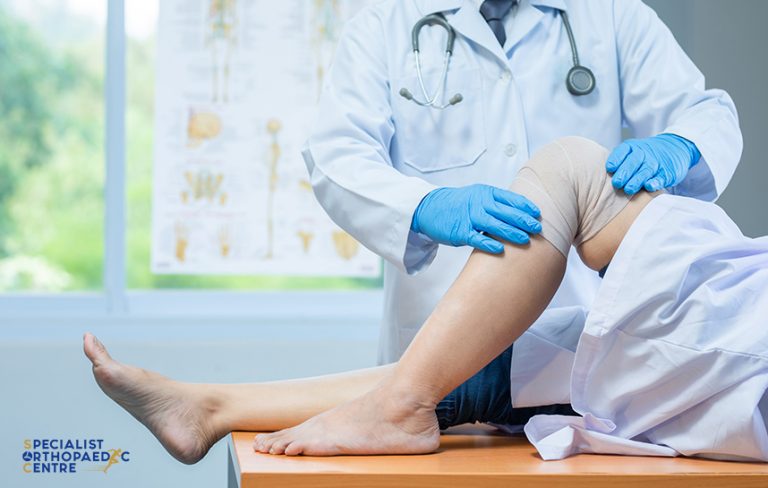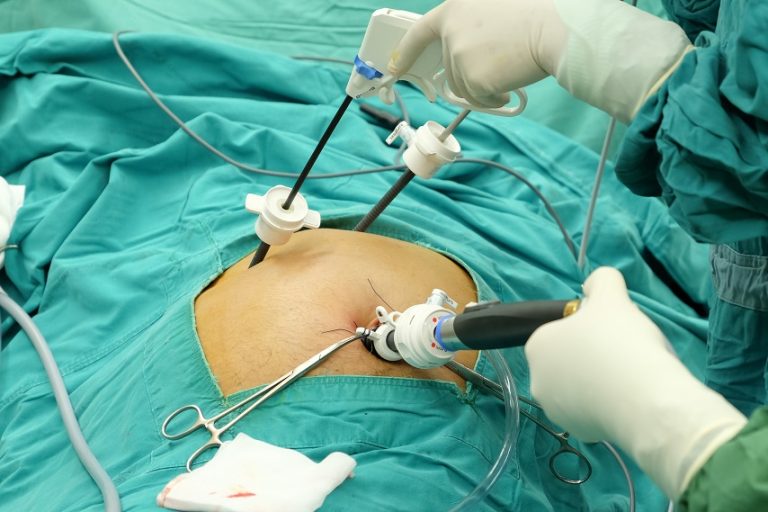
Car accidents, unfortunately, are a common occurrence on the roads, and their consequences can be far-reaching. Whether it’s a minor fender bender or a serious collision, injuries can range from mild to severe. Understanding the most frequent injuries sustained in car accidents can help individuals be more aware of the risks and prepare for potential recovery processes.
In this blog post, we’ll explore some of the most common injuries resulting from car accidents, how they occur, and what steps can be taken to treat them.
1. Whiplash
Whiplash is one of the most frequently seen injuries in rear-end car accidents. It occurs when the head is suddenly and forcefully jerked back and forth, leading to a strain or sprain in the neck. The impact of a collision can cause the neck muscles and ligaments to stretch beyond their normal range of motion, resulting in pain and stiffness.
Symptoms:
- Neck pain and stiffness
- Headaches, often at the base of the skull
- Dizziness
- Fatigue
- Tenderness in the neck or shoulders
Treatment:
Whiplash is usually treated with rest, ice or heat therapy, pain relievers, and physical therapy. In more severe cases, a doctor may recommend muscle relaxants or injections to reduce inflammation and pain.
2. Concussions and Traumatic Brain Injuries (TBI)
A concussion is a mild form of traumatic brain injury (TBI), and although not always visible, it can have significant effects on a person’s well-being. Concussions occur when the brain is jolted or struck inside the skull during a crash. The severity of the concussion can vary depending on the force of the impact.
Symptoms:
- Loss of consciousness (in severe cases)
- Confusion or disorientation
- Nausea or vomiting
- Sensitivity to light or noise
- Memory problems
- Difficulty concentrating
- Slurred speech
Treatment:
Concussions often require immediate medical attention. Rest is crucial for recovery, and individuals should avoid activities that could cause another blow to the head. A healthcare provider will monitor the patient for symptoms of more serious brain injuries and provide a step-by-step recovery plan.
3. Fractures and Broken Bones
Fractures are among the most visible injuries that result from car accidents. These can occur anywhere in the body, but the most common locations include the arms, legs, ribs, and collarbone. Fractures typically happen when the body is subjected to a sudden impact or when the driver or passenger is thrown into parts of the car’s interior, such as the dashboard or window.
Symptoms:
- Swelling and bruising
- Deformity or abnormal position of a limb
- Intense pain
- Difficulty moving the affected area
Treatment:
Fractures often require immediate medical care, including setting the bone in place (if necessary), applying a cast, or sometimes performing surgery. Physical therapy may be required to restore strength and mobility to the affected area.
4. Spinal Cord Injuries
Injuries to the spinal cord can be among the most serious and life-altering consequences of a car accident. These injuries typically occur when there is a direct blow to the spine or if the spine is hyperextended during the impact. In severe cases, spinal cord injuries can lead to partial or complete paralysis.
Symptoms:
- Loss of sensation or movement in parts of the body
- Difficulty breathing (if the injury affects the chest or diaphragm area)
- Pain or pressure in the back or neck
- Loss of bladder or bowel control
Treatment:
Spinal cord injuries require urgent medical attention. Immediate immobilization of the spine is crucial to prevent further damage. Treatment may involve surgery, rehabilitation, and sometimes long-term care to manage the effects of paralysis.
5. Soft Tissue Injuries
Soft tissue injuries refer to damage to the muscles, tendons, and ligaments, and they are extremely common in car accidents. These injuries occur due to the sudden jerking or twisting motions that often happen during a crash. While whiplash is a form of soft tissue injury, others can include sprains and strains in the back, shoulders, and legs.
Symptoms:
- Swelling
- Bruising
- Pain or tenderness
- Stiffness or difficulty moving the affected area
Treatment:
Rest and physical therapy are often recommended for soft tissue injuries. Anti-inflammatory medications and ice packs can help reduce pain and swelling. In some cases, wearing a brace or support bandage can speed up recovery.
6. Chest Injuries
The chest area is also vulnerable during car accidents, particularly in cases where the individual is wearing a seatbelt. While seatbelts save lives, they can cause contusions, fractures, or internal injuries to the ribs, lungs, or heart if the collision is severe. Airbags can also contribute to chest trauma.
Symptoms:
- Chest pain or tenderness
- Difficulty breathing
- Coughing up blood (in severe cases)
- Bruising on the chest area
Treatment:
Treatment for chest injuries varies depending on their severity. Minor injuries may require rest and pain management, while more severe injuries like broken ribs may require more intensive care, such as pain management, breathing exercises, or surgery for internal injuries.
7. Knee and Leg Injuries
Knee and leg injuries are another common result of car accidents, especially when the lower body is compressed during a crash. The force of the impact can cause broken bones, torn ligaments, or muscle damage in the legs and knees.
Symptoms:
- Pain or swelling in the knee or leg
- Difficulty walking or standing
- Instability or weakness in the leg
- Limited range of motion
Treatment:
Knee and leg injuries may require immobilization, surgery, or physical therapy, depending on the extent of the damage. Rehabilitation is often necessary to restore mobility and strength.
In Conclusion
Car accidents can result in a wide variety of injuries, ranging from minor bruises to severe, life-threatening trauma. Many of these injuries can be treated with rest, medication, or surgery, but it’s crucial to seek medical attention immediately after an accident, even if the injuries appear to be minor. Prompt detection and treatment can help prevent long-term complications and facilitate a quicker recovery.
By understanding the most common injuries caused by car accidents, both drivers and passengers can take proactive measures to protect themselves. This includes wearing seatbelts, practicing good driving posture, and ensuring that their vehicle is equipped with up-to-date safety features. For those who have been involved in an accident, consulting an experienced auto accident lawyer in Taylorsville can be invaluable in navigating legal matters and ensuring fair compensation. Being informed and prepared can significantly enhance road safety and overall well-being.





